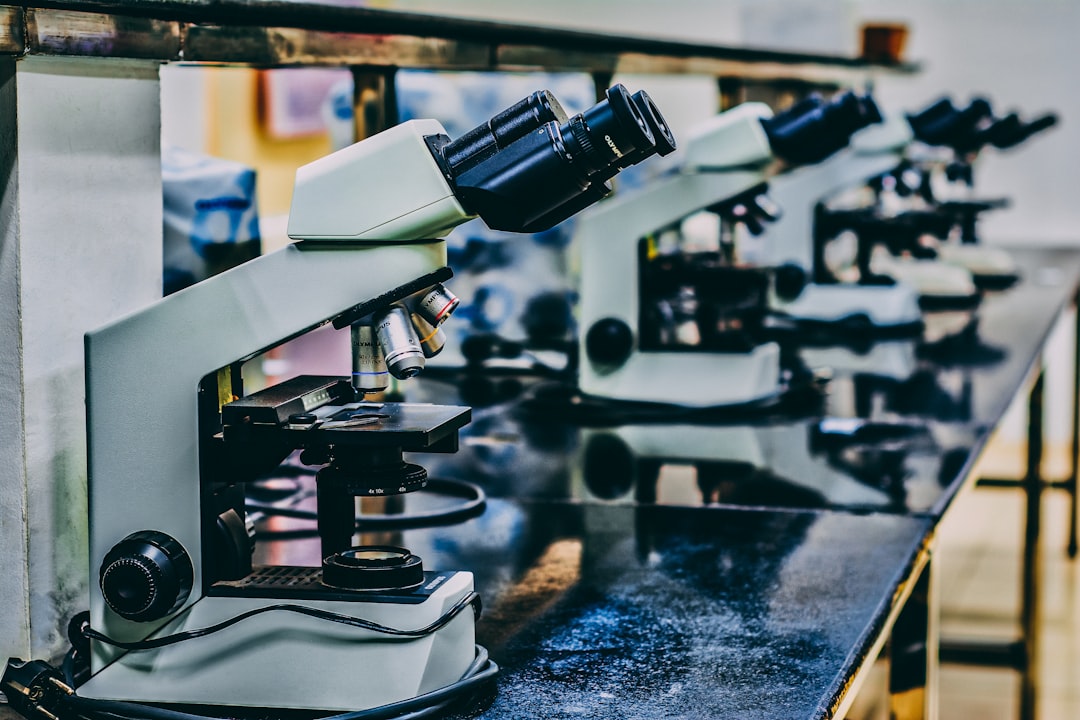What is it about?
Understanding how sulfur is reduced to the final discharge product is key to building a better lithium-sulfur battery. The sulfur reduction reaction during discharging is typically rather slow. Lithium-sulfur batteries therefore cannot achieve the full storage capacity. This paper discusses why the sulfur reduction reaction is slow, how we can make the reaction fast by using proper catalysts, and how to validate the reaction process by using various measurements.
Featured Image

Photo by Roberto Sorin on Unsplash
Why is it important?
We conclude that the processes of sulfur reduction reaction are so complicated due to the various battery structures and catalysts. A better understanding of sulfur reduction reaction needs to develop advanced measurement methods and find a united estimation criterion.
Perspectives
This is a timely and critical review on sulfur reduction reaction in lithium-sulfur batteries. It is helpful to one who wants to know how to carry out research on mechanisms, catalysts, and characterization of lithium-sulfur batteries.
Lei Zhou
Jiangsu University
Read the Original
This page is a summary of: Sulfur Reduction Reaction in Lithium–Sulfur Batteries: Mechanisms, Catalysts, and Characterization, Advanced Energy Materials, September 2022, Wiley,
DOI: 10.1002/aenm.202202094.
You can read the full text:
Resources
Contributors
The following have contributed to this page










